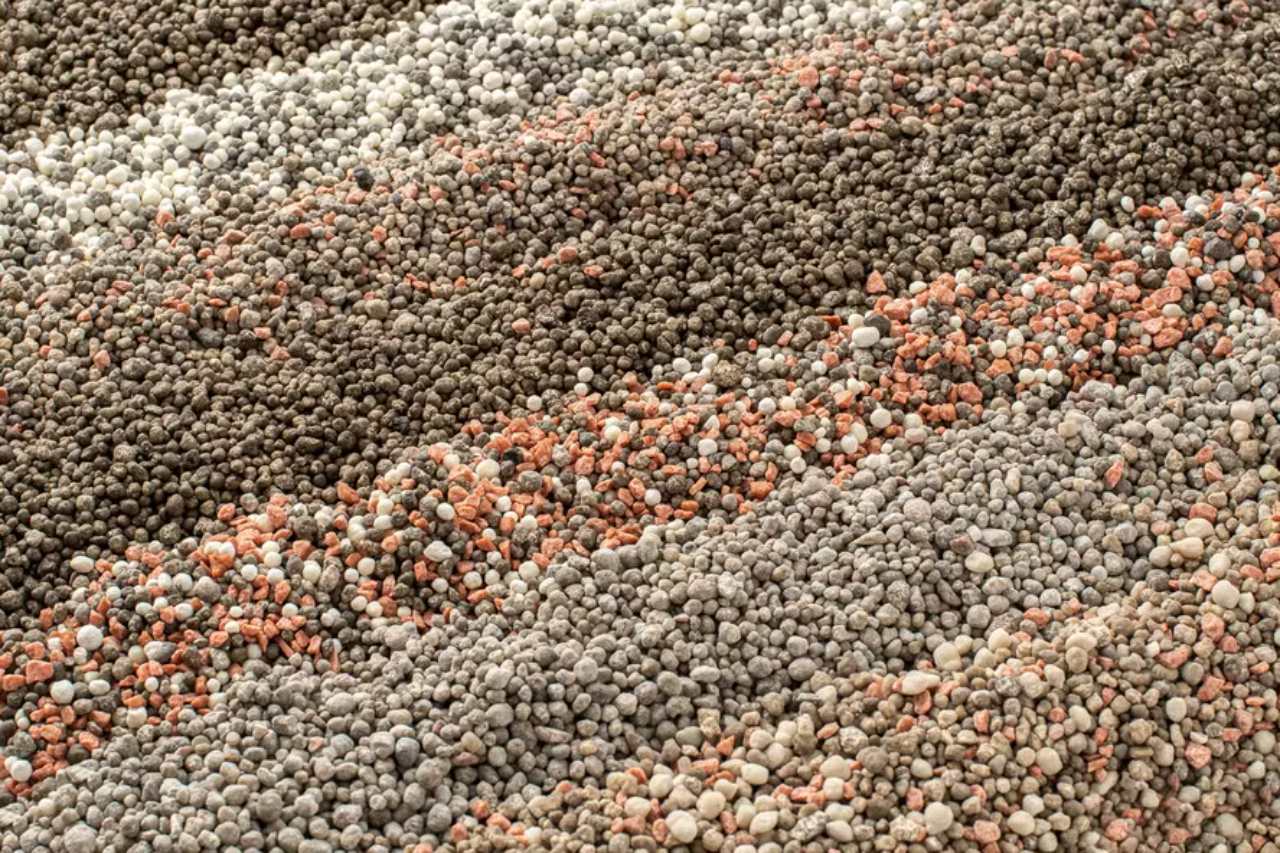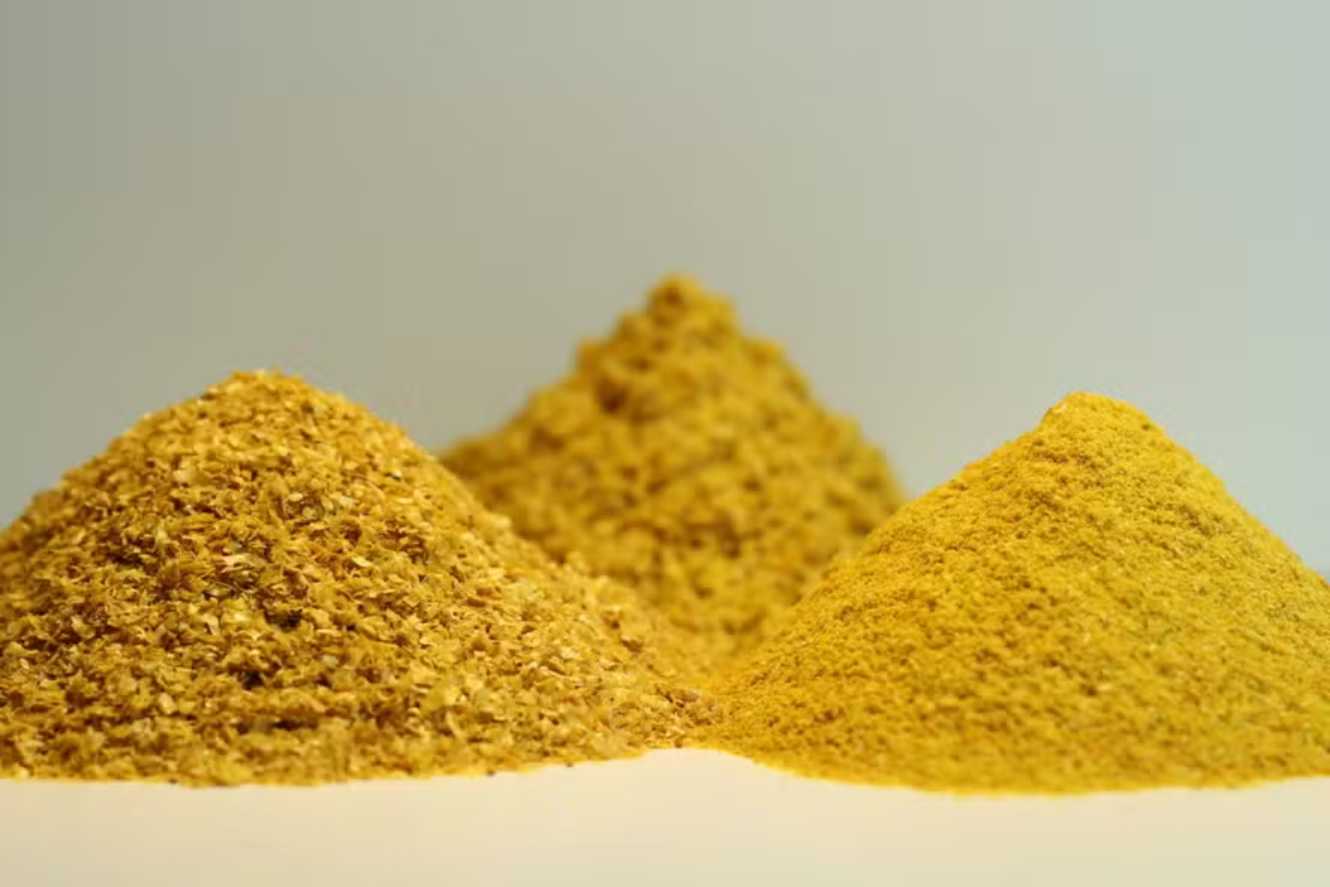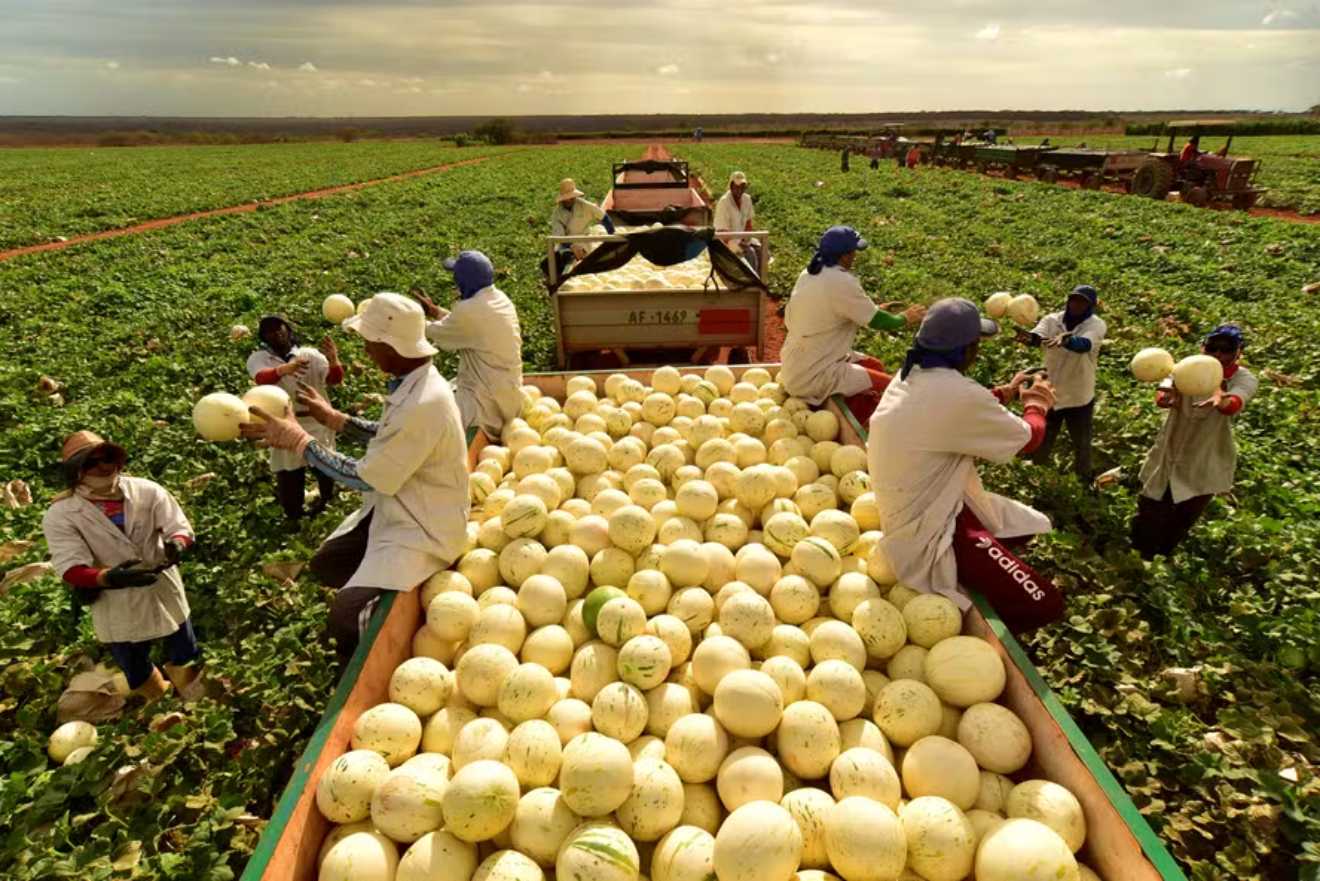Geopolitical tensions in supplier regions, a strong U.S. dollar, and conflicts in the Middle East are among the key factors expected to influence fertilizer prices in the coming months, according to industry experts. While shortages are not anticipated, these factors pose risks to market stability, particularly for Brazil, which relies on imports for 85% of its fertilizer needs.
Impacts of the Middle East Conflicts
Since October, conflicts in the Middle East have directly and indirectly disrupted fertilizer shipments via the Red Sea, driving up costs for producers. This adds to the challenges posed by the ongoing Russia-Ukraine war. Russia, a key supplier of fertilizers to Brazil, faces logistical hurdles, while the conflict exacerbates global supply chain disruptions.
Additionally, Donald Trump’s election as U.S. president has strengthened the dollar, further increasing fertilizer prices globally. Key commodities like nitrogen, potash, and phosphate (NPK) have seen significant price hikes in international markets.
Market Trends and Projections
A Rabobank report highlights that potash and phosphate prices are expected to remain stable through the end of the year due to reduced seasonal demand. However, urea—widely used for corn planting—may face price volatility if Middle East tensions escalate. Bruno Fonseca, Rabobank’s input analyst, emphasizes that public tenders in India, a major importer, also play a role in driving prices higher.
India, which sources about 40% of its nitrogen needs externally, recently concluded tenders for over 1.1 million tons of urea. As of November 19, urea contracts for January 2025 delivery traded at $354 per ton in New Orleans, up $8 since the start of the month. In the Middle East, similar contracts were priced at $337 per ton. However, prices fell slightly, settling at $349 and $330 per ton, respectively, though still higher than in recent years.
Price Stability in Other Fertilizer Segments
Potash and phosphate prices, used in crops like coffee, have shown less volatility. Planting for these crops in Brazil is scheduled for March and April, reducing immediate demand. StoneX notes reduced demand outside India and Brazil for nitrogen-based fertilizers and anticipates a slowdown in Brazilian phosphate imports.
Challenges for the Supply Chain
The strong U.S. dollar has increased the cost of imported fertilizers, forcing trading companies to pass on price hikes throughout the supply chain. This will likely tighten margins for distributors and producers, according to Renata Cardarelli, an analyst at Argus.
For retailers and distributors, profitability challenges are compounded by financial constraints, including cash flow shortages and limited access to credit. The recent judicial recovery process of Agrogalaxy has further restricted credit availability in the sector.
Logistical Concerns and Regional Impacts
Delays in fertilizer shipments from the Middle East, Asia, and Africa raise concerns over delivery timelines. Even Egypt, a nitrogen fertilizer producer and Brazilian supplier, is operating at only 80% capacity due to natural gas shortages, impacting production.
Marcelo Mello, a StoneX analyst, notes that attacks on natural gas plants in the Middle East have directly affected the production of derivatives like ammonia. Meanwhile, the Russia-Ukraine war has disrupted Black Sea logistics, increasing maritime freight costs.
Long-Term Implications for Producers
The current high prices may discourage farmers from purchasing fertilizers or lead to delays in procurement for the 2025/26 crop season as they await greater market stability.
For now, import volumes remain steady, but domestic sales are slow. Samuel Isaak, an agricultural commodities analyst at XP, attributes this to delayed planting caused by this year’s drought.





